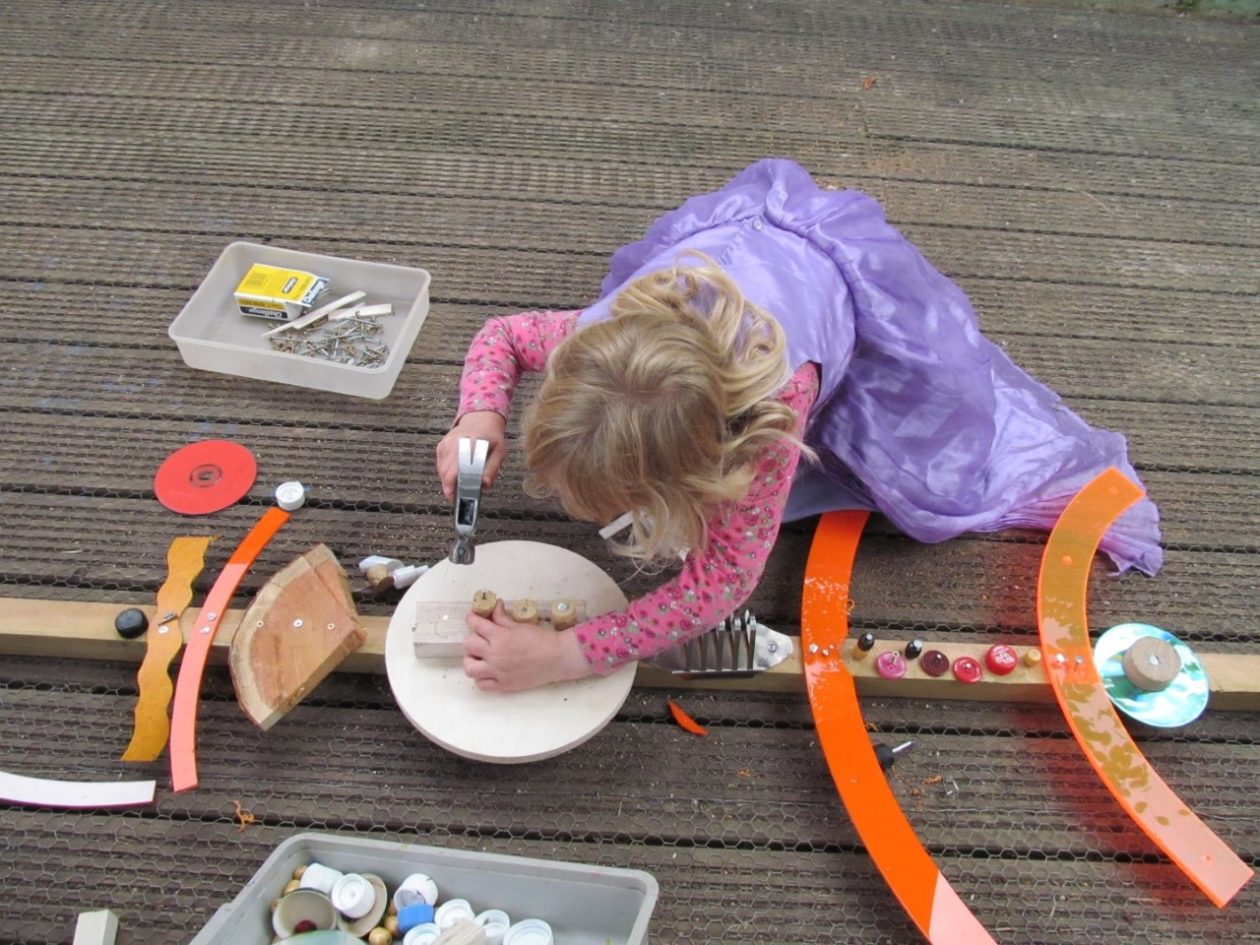It’s Maths Week Scotland next week.
Excited much?????
I’ve always thought about maths and art being connected. Why? Because both disciplines are about noticing and appreciating the world around us.
As human beings we are drawn to things. Sometimes we don’t know why. It’s intuitive or natural. We like something because it has an appeal. In our mind’s eye it is beautiful. Often the reason for our appreciation lies in its order, symmetry, colour, shape even its movement. All of which are basic, natural, mathematical concepts.
Babies, toddlers and young children haven’t yet learned about the properties of shapes or the names of colours, maybe. However, they do naturally distinguish for characteristics in the way they sort or collect things around them.
Matching, sorting and grouping are essential foundational mathematical skills. It is important that we are not tempted to ‘schoolify’ this behaviour too early but rather that we provide children the opportunity to be challenged by objects and watch how they use them.
Back to art. The visual arts (drawing, painting, collage, modelling) are offered everyday in every ELC in the land. But, have you considered the contribution to children’s mathematical thinking that such experiences offer?




